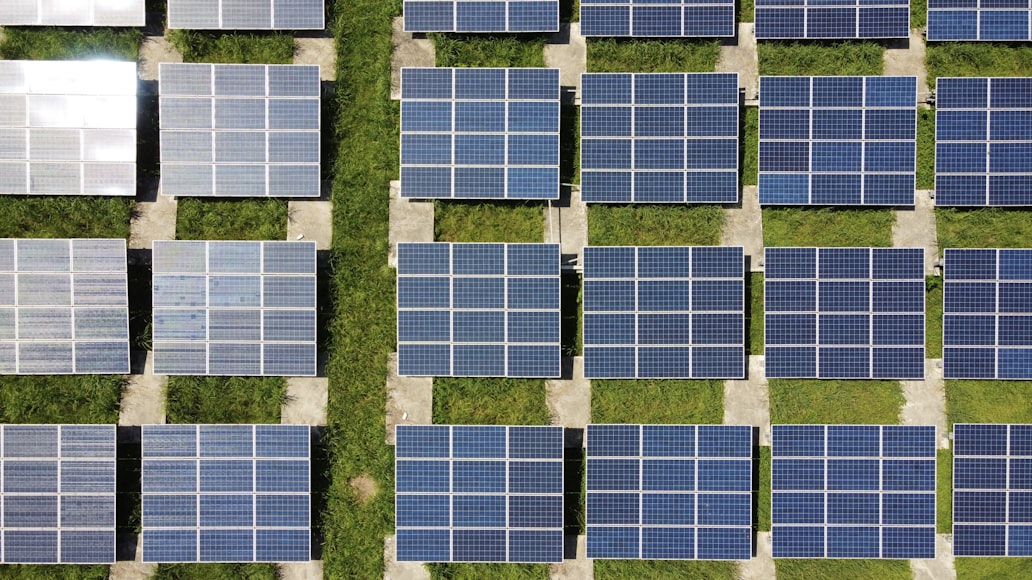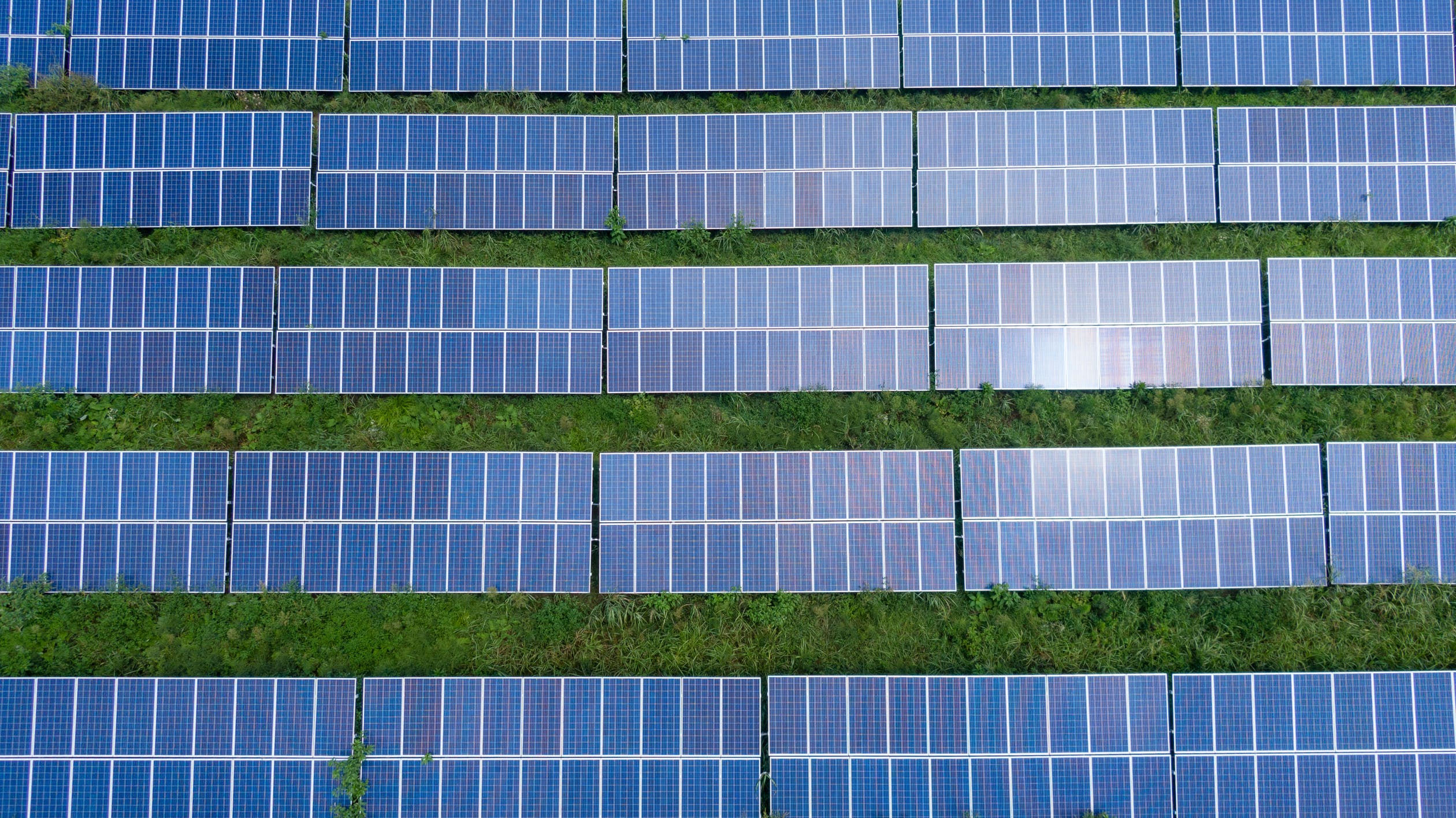In a previous article, we talked about a new form of renewable energy, capable of reducing the environmental impact of the HVAC industry. Today we will discover the secrets of the new biodegradable solar panels, for all-around renewable energy. The main character of the story we are about to tell is Dr. Diane Hinkens; a researcher in the Chemistry Department at South Dakota State University. This is where she and her collaborator Seth Darling have developed carbon-based solar cells; which aim to overcome the limitations of silicon-based solar cells. Indeed, solar panels are a very useful type of renewable energy. According to statistics, the average lifespan of a solar panel is 20/25 years. The only downside is that they are made primarily of silicon, which is a very expensive material. No worries! Dr. Hinkens comes with a new carbon-based solar cell that will make solar energy more accessible to everybody.

Dr. Diane Hickens and the interest in organic materials
As she revealed in more than one interview, Dr. Hickens has always had a passion for scientific research. However, unexpectedly, her career began as a clothing designer. This early approach to materials was certainly a determining factor when it came to choosing which direction to take as a scientist. After graduating in Organic Chemistry from the Univerisity of California in 2006; she started working as a postdoctoral Research Associate in the Chemistry Department of South Dakota State University. Here, together with her collaborator Seth Darling, she began to research HPLC-UV method development. In 2012, she moved to Bloomsburg University of Pennsylvania to work as a researcher and assistant professor in the Chemistry Department. She has delved more into research regarding photovoltaics. Her work has paved the way for many researchers who are working on increasing the use of renewable energy sources as well as more sustainable solutions.

Carbon-based solar cells for all
As early as the 1970s, scientists have tried to use polyphenylene and other carbon-containing materials to build environmentally friendly panels. It seems, however, that the material used by Diane Hinkens is far more advantageous. As Dr. Hinkens herself made clear in an interview for Live Science, “current silicon-based solar cells are too expensive to truly compete with fossil fuels.” Organic solar cells will enable a larger distribution of this renewable energy, by making it more affordable. Indeed, to date, supply and installation costs of solar panels vary between £5,000 – £8,000 for a Photovoltaic (PV) system and £4,000 – £5,000 for a solar thermal system. Dr. Hickens’ project aims to significantly reduce these costs so that, gradually, each building will have its own energy recirculation system. This means working towards a more sustainable future, addressing urban reality with a particular perspective.

Urban sustainable development
Leading a sustainable lifestyle also means taking care of our cities. In this sense, green energy development seems to play a crucial role. Solar energy can be employed in a large part of the planet. Plus, unlike wind energy, it is also for personal use. The use of renewable energy on a large scale could take on a crucial role in reimagining long-term urban design; as well as sustainable architecture and interior design. After all, investing in urban energy efficiency also means creating jobs and reducing energy expenditures. Nowadays, many cities and regions around the world are taking a leadership role regarding urban sustainable development; often adopting more ambitious building codes than the national government. They are working to overcome barriers to implementing energy efficiency measures. Hence, it is critical to do your part to make a real difference for the cities of the future.





